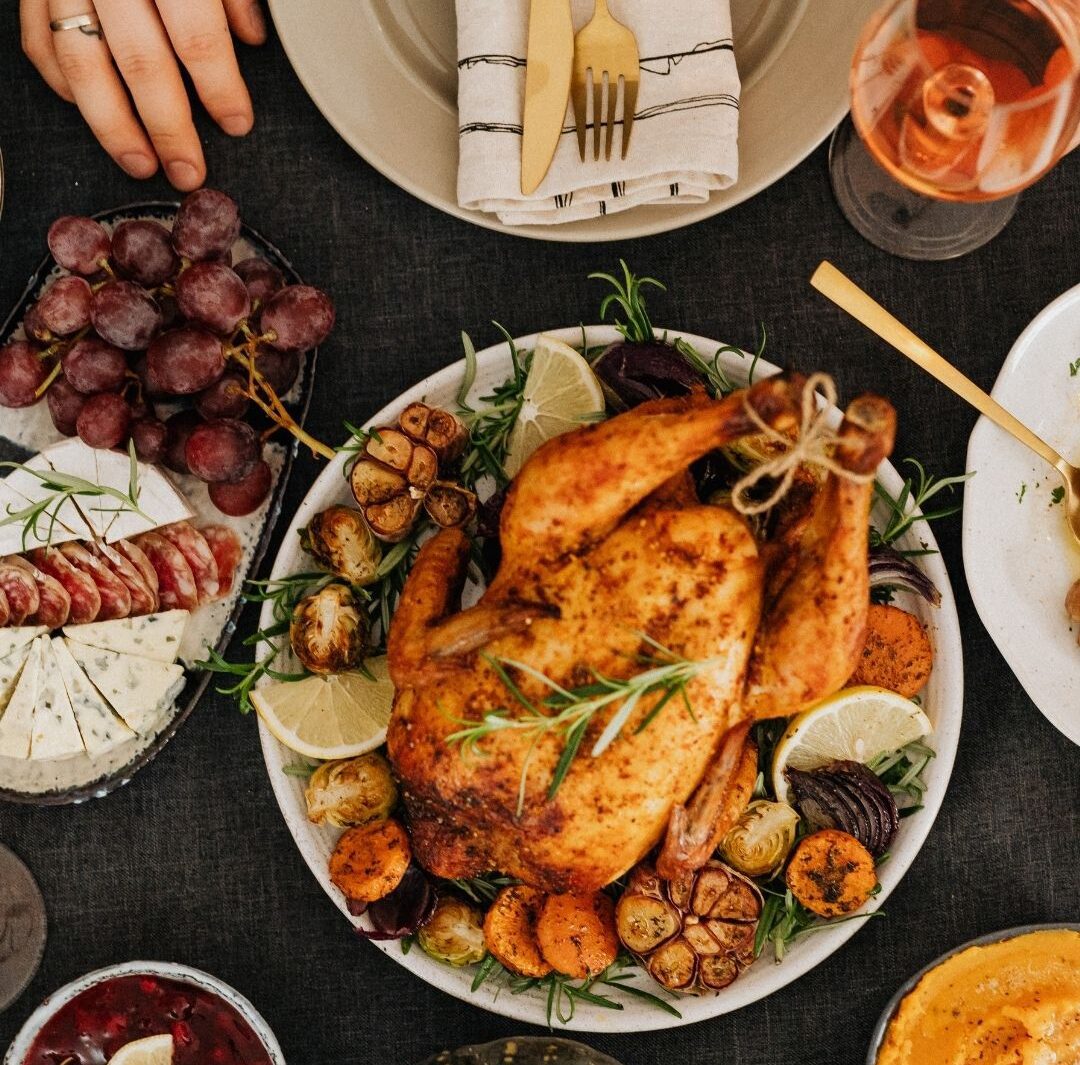Sizzling Synergy: Indo-Thai Fusion Street Food Takes India’s Cities by Storm
Mumbai/Delhi/Bengaluru, August 25, 2025 — A culinary revolution is sweeping through India’s urban centers, where the vibrant flavors of Thailand are blending seamlessly with the bold spices of Indian street food. From bustling markets in Mumbai to trendy food trucks in Bengaluru, Indo-Thai fusion dishes like tom yum chaat and mango sticky rice dosa are captivating foodies, redefining the country’s street food scene with a delicious cross-cultural twist.
A Flavorful Fusion Takes Root
The Indo-Thai fusion trend, which has gained momentum in 2025, marries Thailand’s tangy, sweet, and spicy profiles with India’s diverse street food staples. Vendors and restaurateurs are experimenting with innovative creations, blending ingredients like lemongrass, galangal, and Thai chilies with Indian classics such as pani puri, vada pav, and parathas. The result? A mouthwatering array of dishes that are as Instagram-worthy as they are delectable.
Some standout offerings include:
- Tom Yum Chaat: Crispy papdi topped with a zesty tom yum-inspired sauce, featuring shrimp or paneer, garnished with sev and fresh cilantro.
- Green Curry Vada Pav: A Mumbai-style vada pav stuffed with a Thai green curry-spiced potato patty, served with a coconut chutney.
- Mango Sticky Rice Dosa: A thin, crispy dosa filled with sweet sticky rice and fresh mango, drizzled with a coconut milk reduction.
- Pad Thai Momos: Steamed momos tossed in a tangy tamarind-peanut sauce, inspired by Thailand’s iconic pad Thai.
Driving the Trend: Urban Youth and Social Media
This fusion craze is fueled by India’s young, adventurous urbanites, who are eager to explore global cuisines while staying rooted in local flavors. Social media platforms like Instagram and X have amplified the trend, with food bloggers and influencers showcasing vibrant dishes from street stalls and pop-up eateries. Hashtags like #IndoThaiBites and #FusionFoodIndia are trending, with over 50,000 posts on X in the past month alone, reflecting the craze’s widespread appeal.
In Bengaluru’s Koramangala, food truck owner Priya Nair has seen her Thai Masala Roll—a kathi roll stuffed with Thai basil chicken and Indian spices—become a local sensation. “Customers love the mix of familiar and exotic,” Nair says. “It’s like a culinary bridge between Delhi and Bangkok.” Similarly, Mumbai’s Chai & Chilli food stall has gained a cult following for its khao suey pav bhaji, a creamy Thai curry served with buttery pav.
Cultural Exchange on a Plate
The rise of Indo-Thai fusion reflects deeper cultural ties between India and Thailand, strengthened by tourism, student exchanges, and shared Buddhist heritage. Thai restaurants in India have doubled in number over the past five years, according to food industry reports, while Indian spices like turmeric and cumin are increasingly featured in Thai markets. This culinary crossover is a natural extension of that bond, with chefs drawing inspiration from both cuisines’ emphasis on bold flavors and fresh ingredients.
Delhi-based chef Vikram Singh, who runs the popular Spice & Sawasdee eatery, explains: “Thai and Indian cuisines share a love for layering flavors—sour, sweet, spicy, and savory. Combining them feels organic, and customers are hooked.” His signature phat kaphrao paratha, a flaky paratha stuffed with Thai-style minced chicken and holy basil, has a three-month waiting list for weekend bookings.
Challenges and Opportunities
While the trend is thriving, vendors face challenges like sourcing authentic Thai ingredients, such as galangal and kaffir lime, in India’s smaller cities. To address this, some entrepreneurs are partnering with Thai exporters to ensure a steady supply. Additionally, food festivals like the Indo-Thai Food Fiesta in Bengaluru, scheduled for September 2025, are fostering collaboration between Indian and Thai chefs to innovate further.
The trend is also creating opportunities for small businesses. Street vendors like Anil Kumar in Delhi’s Sarojini Nagar have reported a 40% sales boost since introducing Indo-Thai fusion items. “People queue up for our red curry samosas,” Kumar says. “It’s affordable, exciting, and keeps them coming back.”
A Recipe for the Future
As India’s urban food scene continues to evolve, Indo-Thai fusion is poised to expand beyond street stalls to fine-dining menus and packaged snacks. Food analysts predict that by 2027, Indo-Thai fusion could account for 15% of India’s street food market, driven by demand from millennials and Gen Z. Plans for a Thai-Indian Food Summit in Mumbai next year aim to bring together culinary innovators to explore new recipes and business models.
For now, the streets of India’s cities are alive with the sizzle of woks and the aroma of lemongrass mingling with masala. As one X user posted, “Tried a tom yum dosa today, and my taste buds are in love! 🇮🇳🇹🇭 #IndoThaiBites.” This fusion of flavors is more than a trend—it’s a celebration of two cultures coming together, one delicious bite at a time.



